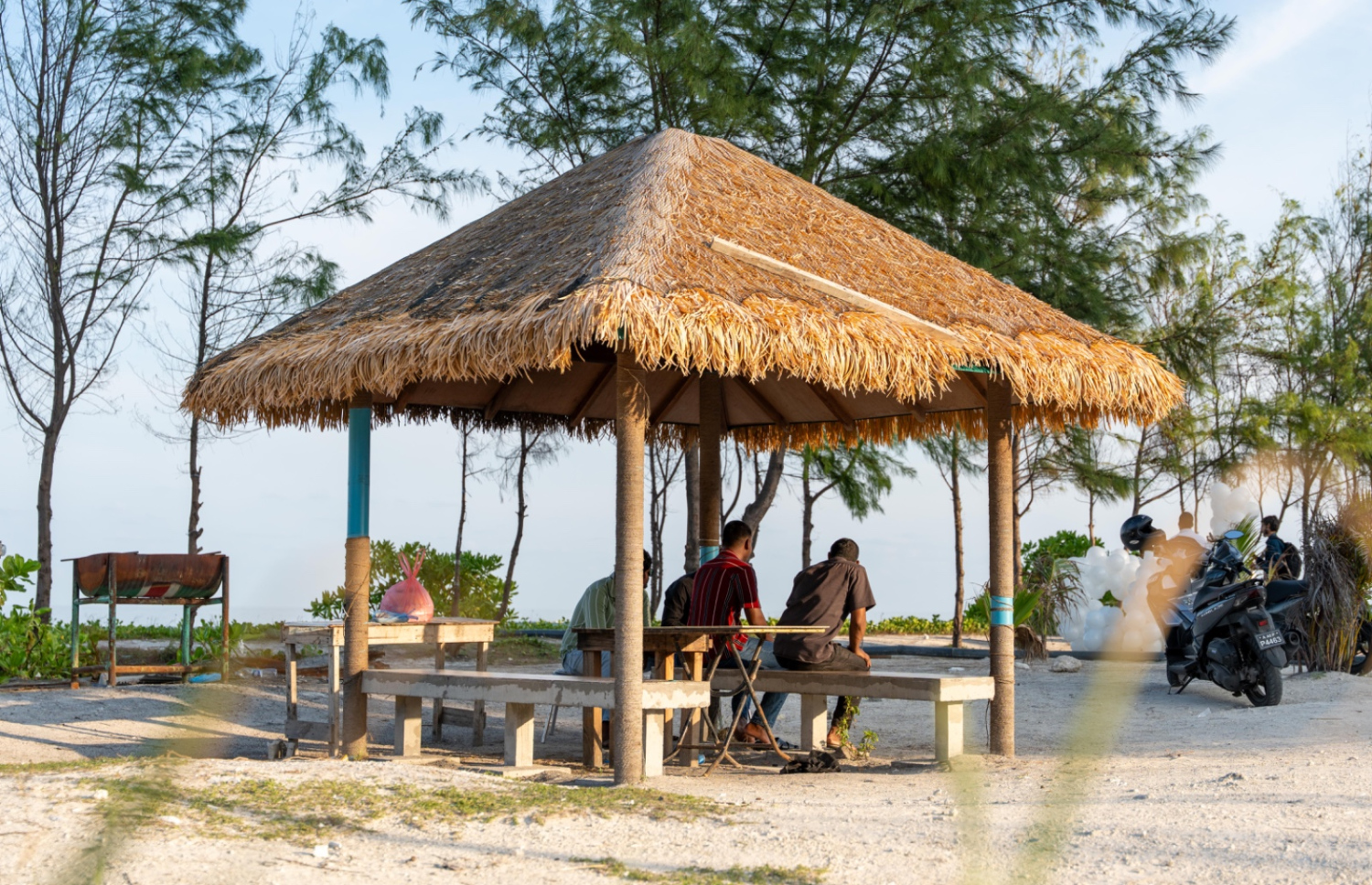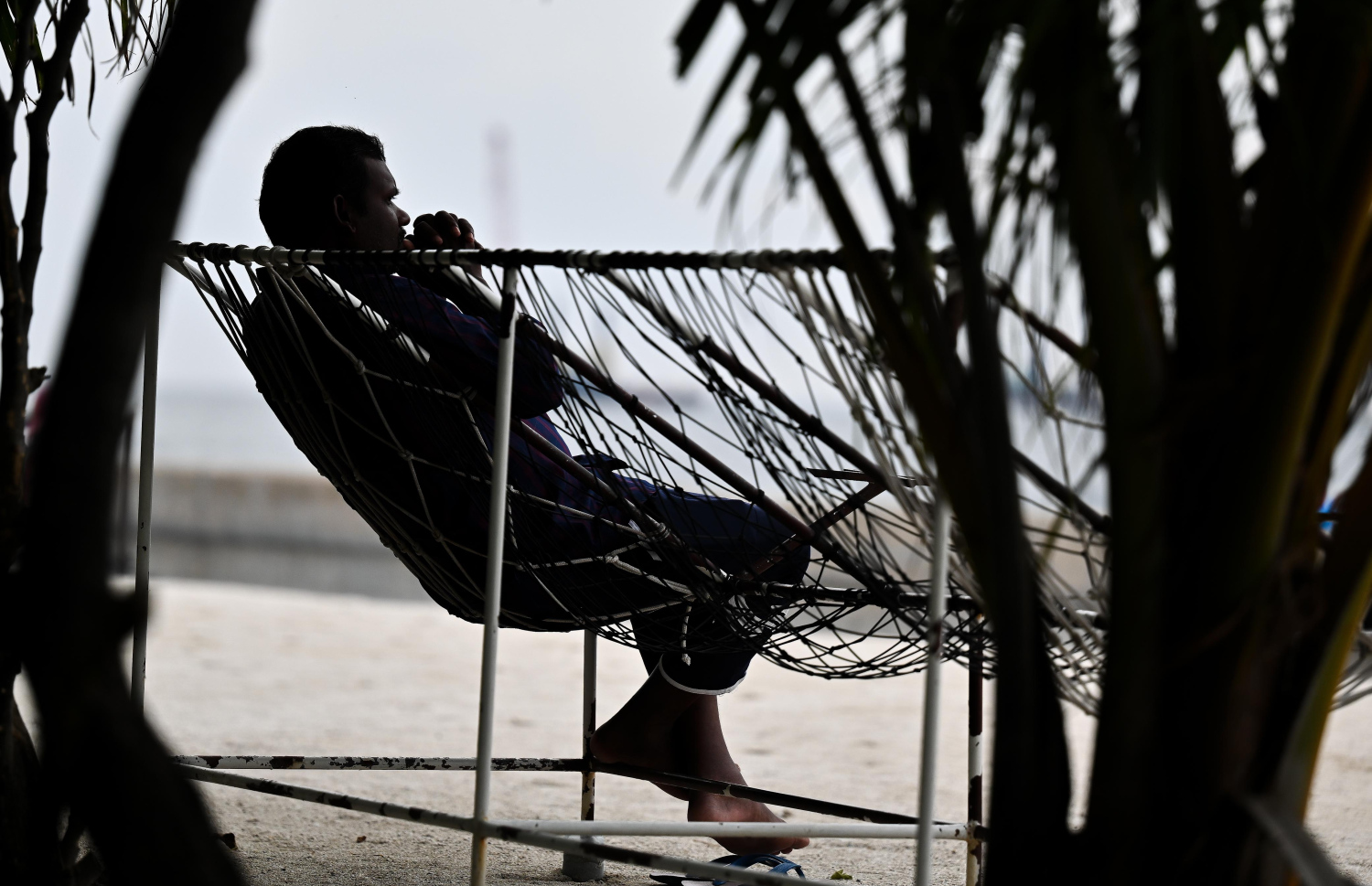The livelihood of Maldivians has vastly changed over the years, marked by significant shifts in lifestyle, education, job markets, and technological adoption.
On the surface, this transformation suggests a substantial improvement in the quality of life. However, upon closer inspection, this perceived enhancement is largely based on "borrowed luxury." The things people own are often outweighed by what they have borrowed. Sadly, the flashy items displayed by most people aren't earned; they are acquired through loans to be paid off over months or even years. These borrowing schemes can range from six months to over 20 years, depending on the amount and purpose, making them appealing enough for many to take out several loans simultaneously.
Government institutions and private sector alike, contribute to this cycle, offering credit facilities that allow employees to borrow a portion of their salary, thereby normalizing and encouraging a debt-based lifestyle.
The country’s economic challenges directly threaten the quality of life for its citizens. The ever-increasing cost of living already places a heavy burden on every Maldivian. Despite this harsh reality, the majority of the population, rich and poor alike, have willingly added further financial shackles by pursuing a life based on a borrowing system.
Loans for consumer goods, education, and lifestyle
A quick analysis of the personal borrowing trend in the Maldives relays a steady growth in household debts, which can directly be described as lifestyle improvements and aspirations, the so-called "Glittery Glimmers" of modern consumption. The Maldives Monetary Authority (MMA)’s statistics on the composition of personal loans offers a telling breakdown of this phenomenon.
A significant factor fueling the personal loan market is the financing of consumer durables. These loans aren't necessarily about basic survival; instead, the vast majority of them reflect a household's ability to acquire modern comforts like new vehicles, major household electronics, or furniture. While these purchases offer immediate gratification and an enhanced quality of life, they come with a long-term catch: they effectively mean mortgaging future income for present consumption. The clear growth in this segment suggests for many, the quickest path to a more comfortable, better-equipped lifestyle runs directly through various bank schemes, among other credit facilitators.
In recent years, the household goods financing electronics, such as laptops, mobile phones, and even gaming consoles bought under these lifestyle loans have significantly increased. These are items that one could buy if they opt to save up over a few months, instead of choosing a credit scheme. A huge proportion of the youth are bound by this vicious cycle of debt without realizing the long-term effect of it on their lives.
The educational loans are another explicitly tracked component of Personal Loans. This is perhaps the most significant long-term investment an individual can make, enabling access to higher education especially abroad, which are crucial for securing high-earning jobs and upward socioeconomic mobility.
However, the reliance on debt to cover these costs creates a powerful economic link: an individual’s financial future and potential for high earnings are now directly tied to a substantial, immediate financial liability. There is no argument that student loan is an investment in human capital, its increasing scale simultaneously amplifies the pressure on graduates to immediately secure jobs that can service this debt, a reality that shapes career choices and financial planning from the outset. The competitive job market thus forces most graduates to take on jobs that have no direct connection to their field of study, just so they can meet the burden of debt without letting it accumulate over the years.
Adding to the pile of loan schemes is the financing options now readily available for occasions like "Loans for weddings and holidays" in fine detail, they are certainly swept up into the broader "Personal Loans" category.
The overall considerable growth of this entire category strongly indicates that large, non-essential expenditures are increasingly being debt-financed. Whether it's the cost of a glamorous wedding party or a desired vacation abroad, these events push many individuals to rely on borrowed finances, further contributing to the financial liabilities. This pattern highlights a dependence on borrowing not just for long-term assets like homes, but for significant life events and quality-of-life expenses, underscoring a deep financial reliance on credit to maintain or achieve a desired social and personal standard.
The vacation loan schemes like "Fly Now, Pay Later" by travel agencies is a symptom of a deep-rooted borrowing culture in the Maldives, which significantly burdens the average citizen, and adds on the monthly expenditures. This trend has not developed in isolation but is rooted in a combination of economic and social factors that normalize high debt for both essential needs and voluntary spending.

This environment of necessary borrowing has created a massive demand for easily accessible credit. Financial institutions and businesses, including travel agencies, have capitalized on this by offering readily available installment plans. These schemes facilitated by banks through credit cards, make a foreign holiday, not a necessity but more of a significant status symbol and often the only break from crowded city life, seem instantly attainable by breaking down a large cost into manageable monthly payments. This accessibility, combined with social and consumerist pressures to maintain a certain lifestyle, fuels a debt spiral.
The growing scale of household debt
Over the past decade, the Maldives' personal loan market has seen sharp and continuous growth, signaling a fundamental shift in how individuals access and use credit. Data monitoring total disbursements from financial institutions, particularly Other Depository Corporations (ODCs), clearly show this strong rise isn't just incremental; it’s a major upward trend. This phenomenon is underscored by the Maldives Monetary Authority's (MMA) remarkable statistics. By August 2025, the personal loan market from ODCs is projected to hit a staggering MVR 8.12 billion, a figure that represents a significant leap from the MVR 7.25 billion reported just the previous year.
The data, which began tracking in mid-2015, shows a consistent year-over-year increase, pointing to a strong underlying trend. This growth highlights the rising dependency of Maldivian households on personal loans for various needs, including debt consolidation, home improvements, and educational expenses.
Ultimately, the expanding size of this loan segment speaks volumes about two things: the growing financial confidence of the average consumer and the increasing depth and stability of the domestic banking sector, which is now better equipped to handle this surging demand for consumer capital. This financial dynamic is becoming an ever more crucial part of the nation’s economic structure.

The crippling lifestyle Maldivians are forced upon
The fundamental trigger is the extraordinarily high cost of living in our import-dependent nation. Basic necessities like food, fuel, and especially housing, given the crippling rent prices in congested Malé, are often unaffordable without a financial safety net. This persistent economic pressure forces citizens to take out personal loans not just for significant expenses, but often for items that would be considered routine elsewhere in the world, such as furnishing a first home or acquiring basic transportation. The MMA’s statistics confirming a surge in credit for personal loans and consumer durables signal that most citizens are perpetually managing multiple debts.
Consequently, the financial pressure on the average Maldivian is immense. Since a huge chunk of their salary is constantly eaten up by loan payments, they're left with little to no room for savings, only deepening their financial vulnerability. This dangerous cycle of debt-fueled consumption for non-essential items, piled high on top of debt for necessities, utterly cripples the household budget. It creates constant financial stress and limits a family's ability to cope with health emergencies or unexpected economic shocks, thus actively eroding the overall quality of life, despite the outward illusion of prosperity those initial loans provide.
The Household Debt-to-GDP ratio offers a critical perspective, moving beyond sheer dollar figures to show a clear ratio of household borrowing compared to the country's total economic output. This ratio currently stands at around 17.1 percent for 2024 but is notably creeping up, with projections reaching 17.9 percent by the second quarter of 2025. Essentially, this means a growing portion of the national economy, a trend that has persisted since late 2015, is tied up in the financial debts and liabilities of ordinary households. It serves as a key indicator of the increasing leverage and financial strain within the domestic economy.